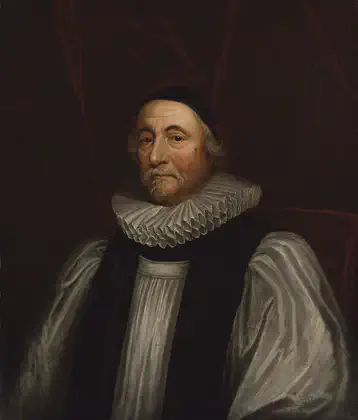On March 21, 1859 in Celtic History
National gallery of scotland opened in edinburgh

The National (formerly the Scottish National Gallery) is the national art gallery of Scotland. It is located on The Mound in central Edinburgh, close to Princes Street. The building was designed in a neoclassical style by William Henry Playfair, and first opened to the public in 1859.
However, the National Gallery Complex, which includes the Scottish National Gallery, is located in the heart of Edinburgh. The Scottish National Gallery is a part of this complex.
The origins of Scotland’s national collection lie with the Royal Institution for the Encouragement of the Fine Arts in Scotland, founded in 1819. It began to acquire paintings, and in 1828 the Royal Institution building opened on The Mound. In 1826, the Scottish Academy was founded by a group of artists who, dissatisfied with its policies, seceded from the Royal Institution, and in 1838 it became the Royal Scottish Academy (RSA). A key aim of the RSA was the founding of a national collection. It began to build up a collection and from 1835 rented exhibition space within the Royal Institution building.
The Scottish National Gallery first opened its doors to the public in 1859. It houses a significant collection of European paintings, including works by artists such as Titian, Rembrandt, Van Gogh, and many others. The gallery’s collection spans from the Renaissance to the Post-Impressionist period.
The National Gallery Complex expanded over time to include the Royal Scottish Academy Building and the Weston Link, creating a unified space for art and exhibitions. While the individual buildings have distinct histories, collectively, they form the National Gallery Complex, a major cultural institution in Edinburgh.
More From This Day
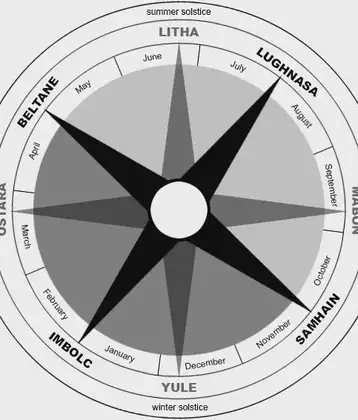
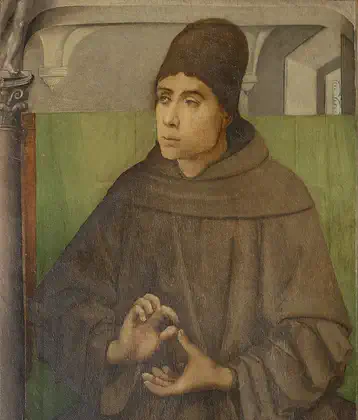
Pope John Paul sanctifies John Duns Scotus, philosopher, theologian (but the first dunce)
March 21, 1993
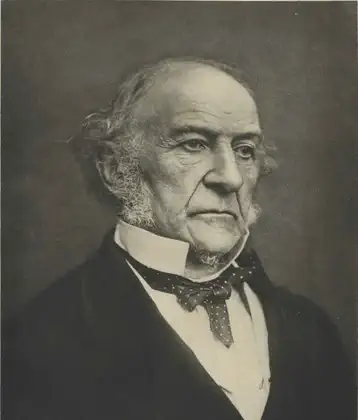
The Peace Preservation Act, controlling possession and importation of arms, is enacted
March 21, 1881
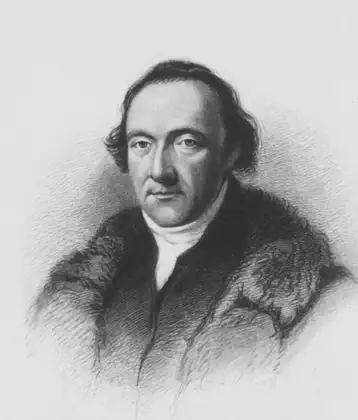
William James McNeven, physician, United Irishman and writer, is born in Aughrim, Co. Galway
March 21, 1763

